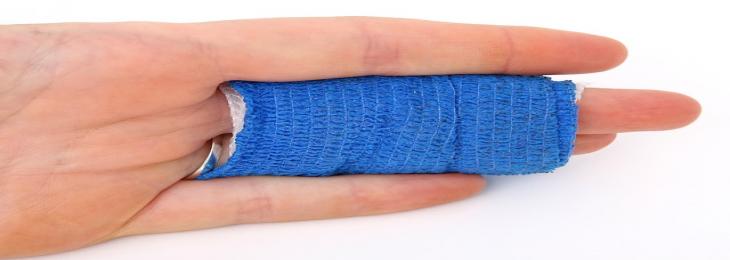
Recent research reveals that light therapy triggers a key cell development protein that helps cure injuries.
An informative new research provides deeper understanding into how a new kind of light therapy can accelerate burn injury recovery. The studies show that experimental treatment can trigger a major protein which activates cell growth. Photobiomodulation therapy (low-level radiation therapy) has been introduced as a cure for a range of diseases for about 50 years. The effectiveness of the therapy was still controversial in 2012.
Years of research have produced somewhat inconsistent results, which could be due to two main reasons. First, it has poorly defined its fundamental biochemical mechanisms, so its application is highly scientific. Secondly, for each therapy it is necessary to select a large number of features like timing of applied light, pulse, density of power, fluence and wavelength. The limited selection of the parameters can lead to decreased therapeutic efficacy or even a negative outcome. A review from 2012 explained this. A recent study, reviewed in the paper Scientific Reports, has shown that the mechanisms behind photobiomodulation therapy are properly represented by a number of animal and cell models. Burn injury recovery and light impact on a protein called TGF-beta 1 were of particular importance. TGF-beta 1 is a protein which plays an important part in a number of important cellular processes such as cell growth.
The new study has analyzed carefully how light therapy affects the function of TGF-beta 1 with respect to burn recovery in just nine days. In addition to providing more proofs of photobiomodulation therapy that accelerates burn injury healing, the scientists have shown that the increased TGF-beta 1 function modulates this procedure. The new results suggest that TGF-beta 1 boosts injury cure by decreasing local tissue inflammatory levels, says Praveen Arany, lead author of this study. This research had used processing method with short laser light bubbles at an intensity of 810 nm. In the future, the scientists hypothesizes that light therapy could be a beneficial instrument for the treatment of wound. But they also suggest that there are a lot of modifications to be made before actually using this methodology.






